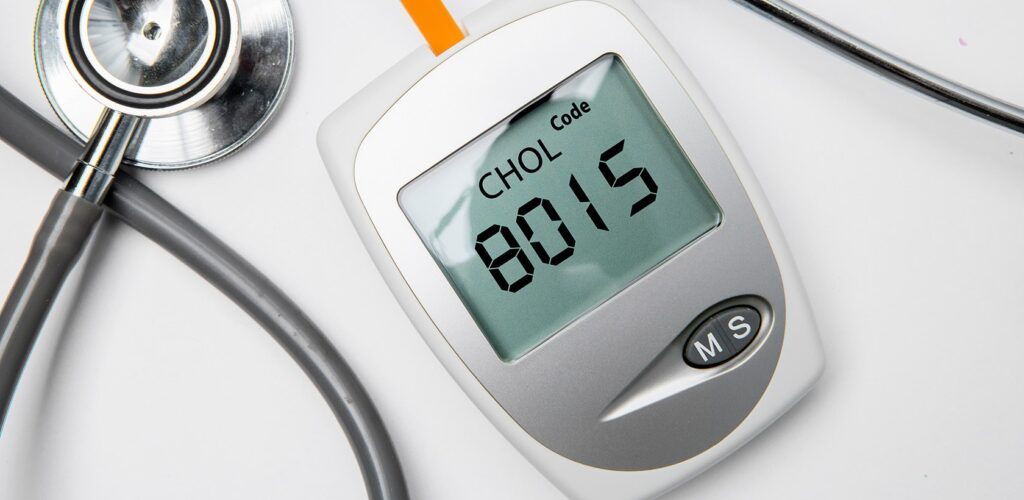Home Health Case Study: Enhanced Benefits Increased Retention in an Industry Rifled by Turnover

The nation’s Home Health Industry is plagued by various factors that lend to its remarkably high turnover rate. With low wages and inconsistent schedules, the median annual income for home care workers is around $16,200, leading to high poverty rates among those employed in this industry. In fact, one in five home care workers lives […]
The ABCs of DPC – The Building Blocks of Healthcare [ What is Direct Primary Care and Why is it Important? ]

Direct Primary Care is an alternative payment model that provides members with access to their membership for a simple and affordable membership fee. The model encourages members to actively participate in their health by building a trusting relationship with their physician to conduct preventative exams, treat acute conditions, and detect and manage chronic illnesses before […]
ABCs of DPC – The Building Blocks of Healthcare [Infographic]

Click the graphic below to download
Caregiver Burnout: Tips for Self-Care [How to care for yourself so you can care for others]

Women are beloved for their generous nature, ability to multitask, and selfless care for others. Pouring yourself out to help others can be extremely rewarding, but it can also be taxing emotionally and physically, leading to caregiver burnout. Two out of every three women in the U.S. are caregivers to children, adults, or people with chronic […]
Optimal Cholesterol Levels Help Maintain Optimal Health

Cholesterol gets a lot of bad press, but it’s necessary for a healthy body. Cholesterol isn’t all good, nor is it all bad. It’s a complex matter worth knowing more about. This fat-like, waxy substance is found in every part of your body. The cholesterol levels in your blood come from two sources: the foods […]
Celebrating Women’s Contributions to Healthcare

In 2015, The Lancet published a report that found women contributed around $3 trillion to global healthcare, but nearly half of it (2.35% of global GDP) was unpaid and unrecognized. The report, which highlights women as both providers and as recipients of healthcare, outlines that women’s changing needs in both respects are not being met globally. The […]
Healthcare for the Service Sector

Although the service sector keeps our economy going and makes our lives easier, service workers are often the lowest earners in our economy. For example in the United States, the average teacher’s salary is mid-thirty thousand to $40,000; the average automotive mechanic’s salary is $39,857; and according to the U.S. Department of Labor, the average farmworker earns […]
Prepare for a New Normal

The world-at-large, business, healthcare, and everyday life will not look the same way it did pre-COVID. Some predict we will only begin to recover from the pandemic’s economic fallout by the end of next year. To contain fear during this crisis, timely and honest communication from credible sources is vital. Still, governments and media have […]
Tips for a Happy and Healthy Summer

Typically, summer is the time when families come together for reunions, travel to exotic locales, and adventurers take on the great outdoors. While states wrestle with reopening and trying to protect the health of the population, it’s anybody’s guess what this summer will look like. Even though this is one of the most unusual summers […]
A Solution for Disparities in Healthcare

The Affordable Care Act (ACA) sought to provide more insurance coverage for groups with a higher risk of being uninsured. Although the ACA led to more covered people, there are still disparities in healthcare with a large segment of the population who lack access to healthcare and experience worse health outcomes. The Numbers Don’t Lie […]

